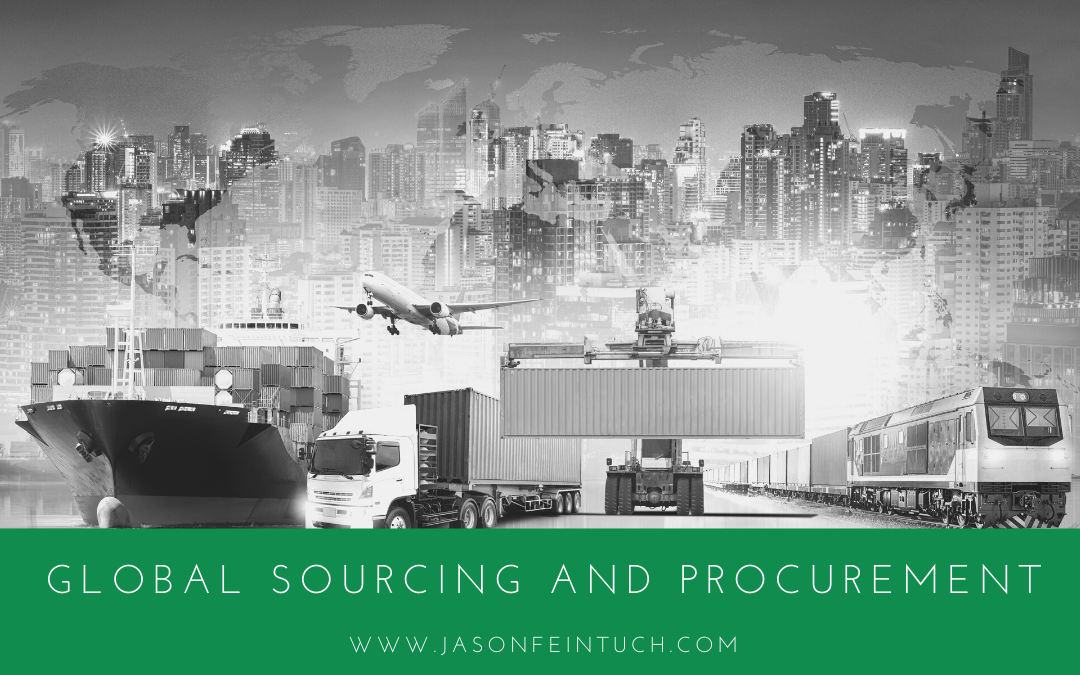With globalization kicking off a few decades ago, we also saw a rise in global sourcing and procurement being incorporated into business models across the world. It is a strategy used by companies to source goods and services from the global market which not only lowers the production costs but all the while maintains a superior quality of all goods. Several businesses have adopted this strategy because the deliverability, value pricing, and quality are sustainable in the future.
Despite several global sourcing challenges, countries like China have become powerful players in the market. Labor costs in the country are significantly low but the quality of goods and services remains high. China continues to be one of the largest sources of parts that are delivered to US-based companies.
Businesses everywhere are gradually realizing the importance of global sourcing and that it is not simply about procuring goods and services from the global market. It also covers certain crucial aspects of manufacturing like the estimation of product costs, trade compliance, auditing, supplier selection and performance, and so on.
Levels of global sourcing
There are five different levels of global sourcing and each one carries out a specific function. These levels are:
Level 1- Domestic purchases
Level 2- Global purchases made on an as-needed basis
Level 3- Global purchases included in the purchasing mix
Level 4- Centrally-coordinated purchasing carried out across global locations
Level 5- Global coordination and integration with other functional groups
Global Sourcing Challenges
While the merits of global sourcing are many as already discussed, it also comes with a few challenges. So what are a few common global sourcing challenges?
Time difference– Time differences are one of the most crucial and often inconvenient global sourcing challenges. Your supplier might be somewhere halfway across the world and it can get tiring trying to communicate due to the time difference. To mitigate this problem, you require a team of professionals who will be responsible solely for handling suppliers and manufacturers.
Language barriers– Just like a time difference, language can also be a barrier while communicating with suppliers and clients living across the globe. You need a team of well-spoken persons who excel in different languages. All spoken agreements must be confirmed in writing and documents must be translated for the convenience of all the parties involved.
Quality Expectations– Simply relying on global suppliers for quality maintenance can lead to a lot of problems when it comes to the quality expectations of customers at your end. This global sourcing challenge can be mitigated by carrying out frequent quality inspections both at the country of origin and the country where the goods end up.
Compliance issues– Issues of compliance may arise when your expectations are not understood well enough or misinterpreted by the suppliers. This can lead to a massive lag in the quality of products and services, which in turn can harm your image in the market. To avoid such situations, regular audits must be conducted with overseas suppliers.
Scheduling of products– On-time deliveries to customers can only be guaranteed when the goods reach your company on time. This is a crucial factor for customer satisfaction, customer retention, and customer loyalty. Clear communication is the key to achieving a perfect on-time schedule of the goods.
Logistics– The last factor which can also become a global sourcing challenge is logistics. Both suppliers and distributors/sellers must have contingency plans in place to handle delays/obstacles. You can even partner up with a good product sourcing service provider who will help you with a logistics team for all your operations.
To Sum Up
The importance of global sourcing has dawned upon companies across the world but along with that, the challenges are many. In this article, we have attempted to brief you on what global sourcing means with the help of examples, and also provided a section on the main global sourcing challenges faced by companies. Despite the obstacles, a strategic global sourcing system will only benefit your company and help it attain all success.

Based in New York, Jason Feintuch has dedicated his career to helping businesses exceed industry standards in finance.

